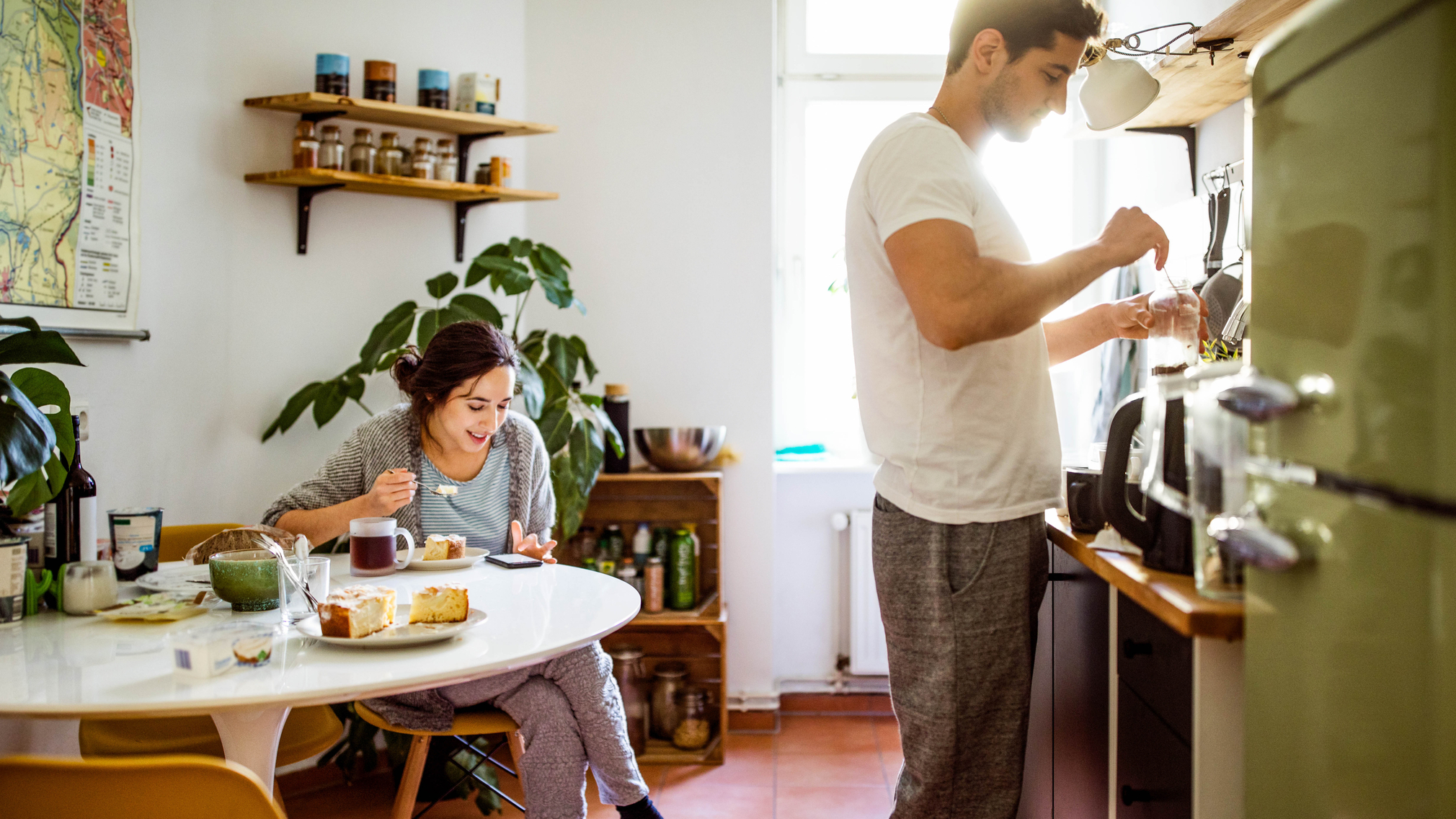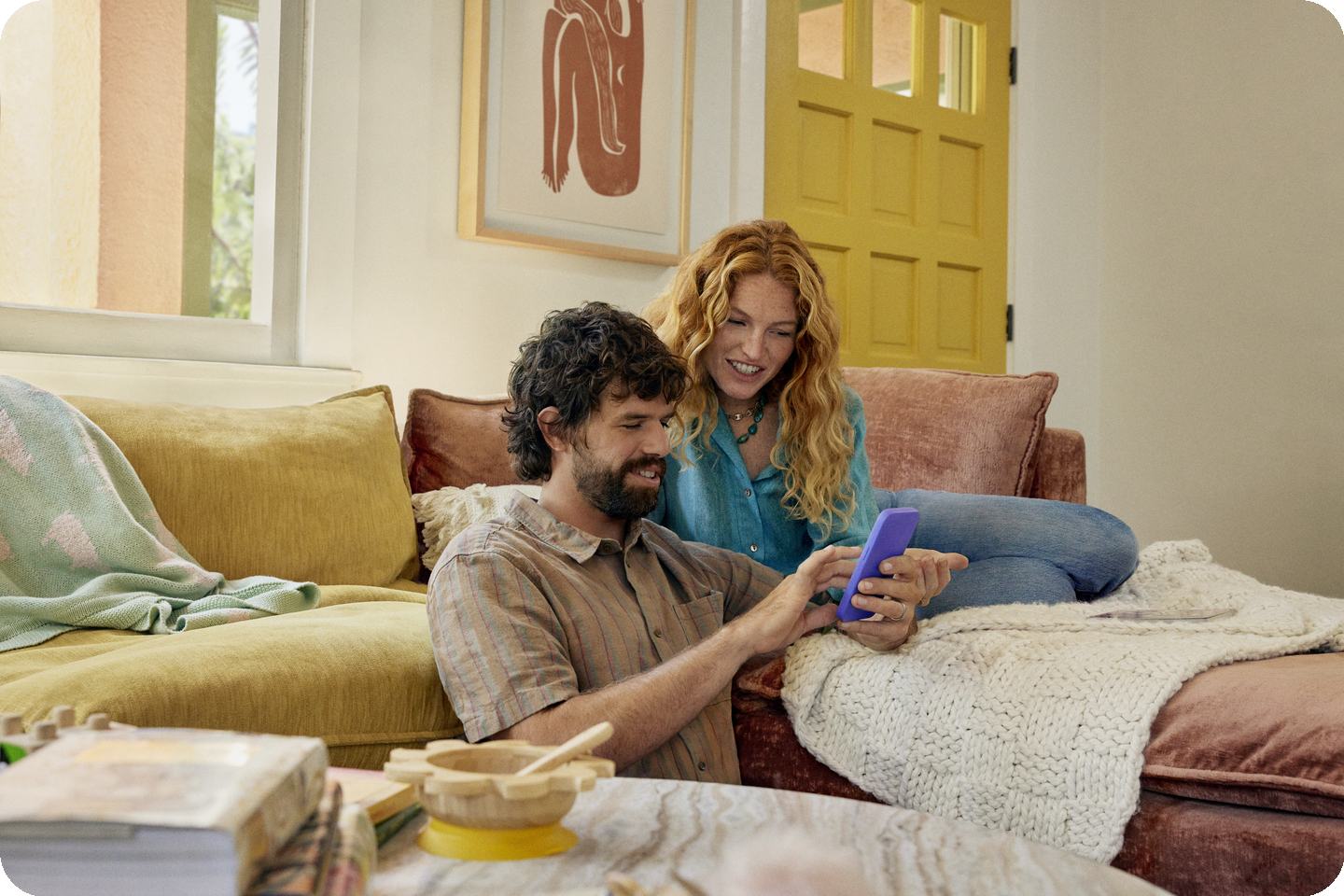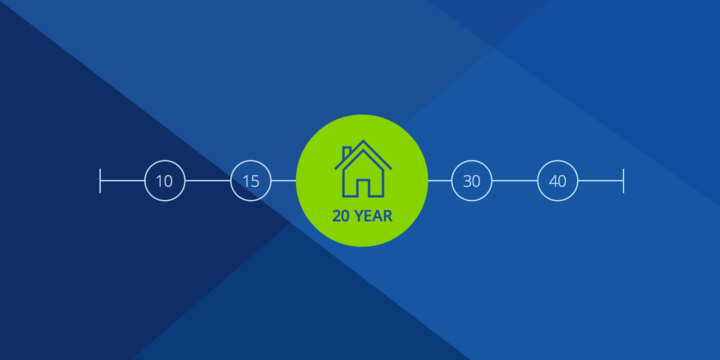How to Save for a Down Payment
Whether you’re currently renting or need a down payment on a house fast, use these steps to save for a down payment.


Written by May Ortega on January 7, 2025
Buying a home is a big deal. It’s one of the most significant financial milestones you can achieve, and the road to this huge win involves a crucial step: saving money for a down payment. The process of accumulating that initial lump sum can seem daunting, maybe next-to-impossible. But with the right strategies and a bit of discipline, you can become a homeowner.
According to a 2024 Zillow survey, 72% of home buyers using a mortgage saved for a down payment on a house over time. How much they save varies; for the most common loan type, a conventional mortgage, first-time borrowers are required to save at least 5% of the home price for their down payment. For a typical home in the U.S., that’s a little more than $10K.
A common home-buying myth is that putting down 20% is the norm, that isn’t true any more. These days, most buyers put down far less than that. Nearly half (48%) of home buyers using a mortgage reported putting less than 20% down on the home they purchased.
Here are tips on how to save for a down payment on a house, no matter your savings goal.
1. Figure out how much money you need
Before you start budgeting for your home goals, you’ll want to find out exactly how much money you need for a down payment. There are a few ways you can do this. In the first method, you’ll calculate your down payment based on the price of the home you want to buy, and in the other, you estimate how much you think you can save to find out if it meets your home shopping goals.
If you already have an idea of your price range, you can use Zillow’s Down Payment Calculator. Enter the price of the home you’re eyeing on Zillow, then choose the percentage you want to put down, and the calculator will tell you how much you’ll need. The minimum percentage you need will largely depend on the type of mortgage you qualify for. You can always get in touch with one of our loan officers at Zillow Home Loans* to learn more about your loan options.
Here’s an example: You are dreaming about a home that costs $360,000 (the typical U.S. home value as of October 2024). And you select 5% for the amount you’ll put down. The calculator will tell you that you need to save $18,000.
Pro tip: Figure out your BuyAbility
If you have an estimate of how much you think you can save, say you know you can comfortably set aside $200 each month, try Zillow Home Loans’ BuyAbility tool. It will give you a clear picture of what you can likely afford based on current mortgage rates and your down payment amount. If your goal is to afford more or less, you can experiment with different down payment amounts until you get to your goal. You can use these tools side by side and keep coming back to BuyAbility as mortgage rates change.
Now that you have an idea of how much you need to save up, you need to figure out how to make those savings happen.
2. Put a fixed amount in savings
With some planning and time, placing a little money into a savings account each month can be an extremely effective way to fund your down payment. To make that easier, you can set up automatic recurring withdrawals from your checking account to a savings account specifically for your down payment. Consider opening a high-yield savings account so you can gain more interest from the cash you’re putting in. It’s a low-risk investment that can help your funds grow.
Just remember to move money into your savings after you’ve figured out how much you can afford to save. Leave yourself with enough money to pay the bills, buy groceries, and to still treat yourself here and there.
According to the 2024 Zillow Group study, nearly three-fourths (72%) of home buyers using a mortgage reported funding at least part of their down payment with money they saved up over time.
The table below shows how much you can save over the course of one year, five years and 10 years if you save as little as $50 each month. This, of course, does not factor in interest if you were to keep your savings in a high-interest savings account or another investment format.
| Monthly savings | 1 year | 5 years | 10 years |
| $50 | $600 | $3,000 | $6,000 |
| $75 | $900 | $4,500 | $9,000 |
| $100 | $1,200 | $6,000 | $12,000 |
Saving up for a down payment the old-fashioned way takes time. If you're wanting to buy a house fast, saving for several years may not be an option — especially since a down payment is often a moving target. As the market changes, home prices can soar and cause the minimum down payment requirement to rise. Luckily, there are other options to help you get to your goal faster.
3. Get down payment assistance
It's not always entirely on your shoulders to figure out how to save for a down payment. Certain mortgages and buyers qualify for down payment assistance programs. These are often funded by local governments agencies or non-profits, and they can be grants or loans. Federal Housing Administration or FHA mortgages are compatible with many down payment assistance programs.
Your real estate agent or mortgage lender could recommend down payment assistance programs, or you can search for them on the Down Payment Resource Center.
That’s not to say these are your only options for down payment assistance. There are programs available at the city, county, and state levels as well, so do some research using your zip code and address.
4. Reduce your cost of living
There are a number of ways to achieve this, depending on your situation.
Downsize your space
Although it might be a tough few months or so, downsizing your space, and therefore your monthly rent payments, might help you put away more money each month for your down payment. Living in a studio instead of a two-bedroom could bring some serious savings. Or find a cool roommate to live with. The savings could add up quicker than you think. Or if you have friends, parents, or other relatives with a spare room, you might be able to pay little or no rent for a few months by staying with them.
Cut down on recurring payments
Of course, finding a new place to live, as well as moving, are easier said than done. Alternatively, you can look at other monthly expenses where you can save money, like streaming services and subscriptions, could help you save money faster. And it’s temporary anyway.
Hit pause on some of your subscriptions and find more affordable providers for your monthly bills. When’s the last time you opened up that one streaming service to watch that one show? If it’s been a while, maybe cancel it. Do you really need the additional 60 channels with your cable package? Can you downgrade your internet speed? Do you have any magazine subscriptions you can live without? Maybe change your cell phone plan?
Just make sure you're setting that extra money aside, so it doesn't linger in your account and seem like money you can spend elsewhere.
Make small lifestyle changes
Going to happy hour after work, or going to the movies on the weekend can certainly be fun, but cutting back on extracurriculars is an easy way to pocket more cash.
Instead of going out to the movies, rent one from home or watch one you already have. If you're missing the social aspects of going out, invite friends over for a game night.
You can also buy used instead of new items — vintage is all the rage these days. Or bust out that kiddie pool and your blender for some poolside piña coladas instead of planning a big vacation.
Just remember: you’re doing this for your dream home, and these sacrifices won’t be permanent!
5. Add an additional source of income
The gig economy is still going strong. If you're willing to put in a little more work on the weekends or even after your regular day job, having a side gig could help you garner more cash. That could mean dog walking, waiting tables, or house sitting.
Do you have any special skills that could be a lucrative side hustle? Like photography, handyman work, or running a local business’s social media? That could be another way to make some extra money.
6. Start a gift fund
Aside from cutting back on your own spending, you can try to fund your down payment through gifted money. Many homebuyers have found luck asking friends and family for cash gifts towards their down payment in place of wedding gifts, birthday presents or gifts for other occasions. In 2024, 38% of buyers with mortgages used gifts or loans from family members to finance some of their down payment.
If you’re engaged or might get engaged soon, know that it’s more popular than ever for engaged couples to ask friends and family for cash instead of traditional wedding gifts. The share of couples adding a “home fund” to their wedding registry has increased 55% compared to five years ago, according to research from The Knot. Now, nearly 20% of all couples who are registered on The Knot are creating down payment funds; in 2022, it was the second most popular cash fund — right behind the beloved honeymoon fund.
Don’t let that down payment discourage you. You can make home a reality with some research and savvy. Find more resources for your homebuying journey below.
*An equal housing lender. NMLS #10287
Thinking about buying but not sure where to begin?
Start with our affordability calculator.
See what you can affordHow much home can you afford?
See what's in reach with low down payment options, no hidden fees and step-by-step guidance from us at
Zillow Home Loans.
Zillow Home Loans, NMLS # 10287. Equal Housing Lender
Calculate your BuyAbility℠
Related Articles
Get a mortgage with Zillow Home Loans
Go from dreaming to owning with low down payment options, competitive rates and no hidden fees. A dedicated loan officer will guide you until you have your keys in hand.

Zillow Home Loans, NMLS #10287. Equal Housing Lender.



